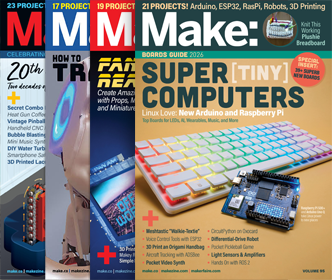Intro to Circuit Bending
Summary Hack a day has an excellent “Intro to Circuit Bending”. Their article combined with some previous coverage and pages of MAKE will allow you to make incredible retro, blippy, noise :) Electronic musical instruments are a lot of fun for a hacker because, with a small palette of tools, know-how and curiosity, they are […]






